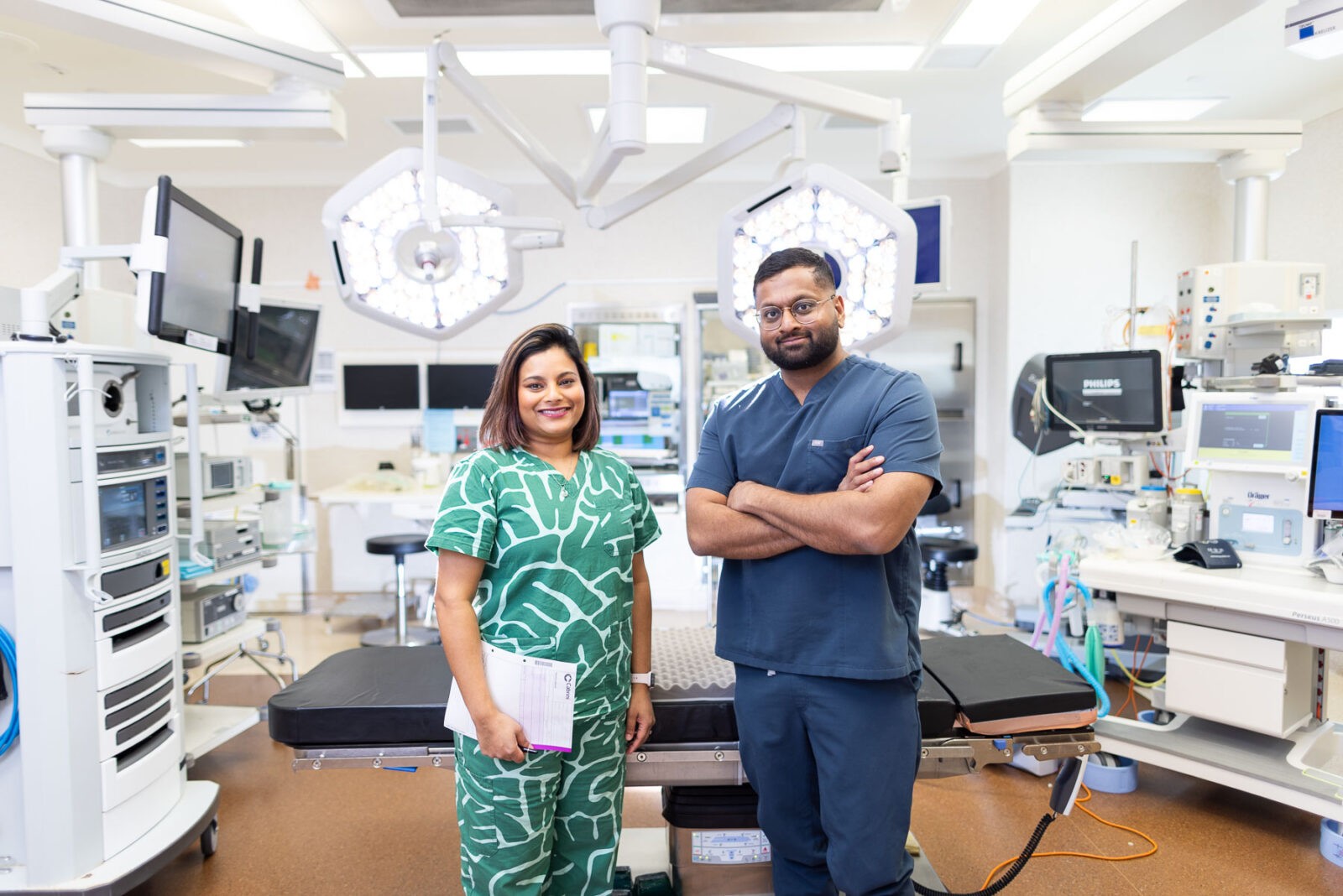One of the most innovative techniques we offer is robotic surgery. This cutting-edge approach allows us to treat various gynaecological conditions with precision, minimally invasive methods, and faster recovery times compared to traditional surgery.
Robotic surgery, also known as robot-assisted surgery, involves using a robotic system to perform complex gynaecological procedures with enhanced precision, flexibility, and control.
The da Vinci Surgical System is the most commonly used robotic platform, providing a high-definition 3D view of the surgical area and enhanced dexterity through robotic arms.
The surgeon operates the robotic system from a console, controlling miniaturised instruments with high dexterity. This technology is particularly beneficial in gynaecology, offering several advantages over traditional surgical methods.
Overview: A hysterectomy is the surgical removal of the uterus, performed to treat various conditions such as fibroids, cancer, and severe endometriosis.
Robotic Surgery: Robotic-assisted hysterectomy employs advanced robotic systems to carry out the procedure with greater precision through small abdominal incisions. This approach provides reduced postoperative pain, minimal scarring, and a quicker recovery time compared to traditional techniques.
At MIGYNAE, we understand the unique health needs of women and strive to offer the most advanced treatments available.
Our team of experienced gynaecologists are dedicated to providing advanced, compassionate care, ensuring that each patient receives personalised treatment tailored to their specific condition.
To learn more about robotic surgery or to schedule a consultation, please contact us.









We are a general gynaecology and infertility treatment clinic based in Melbourne, dedicated to the latest minimally invasive gynaecological diagnostic and surgical techniques. We are leaders in laparoscopic and cutting-edge robotic surgery.
If you have a question about a condition or treatment, or would like to book an appointment, please get in touch.